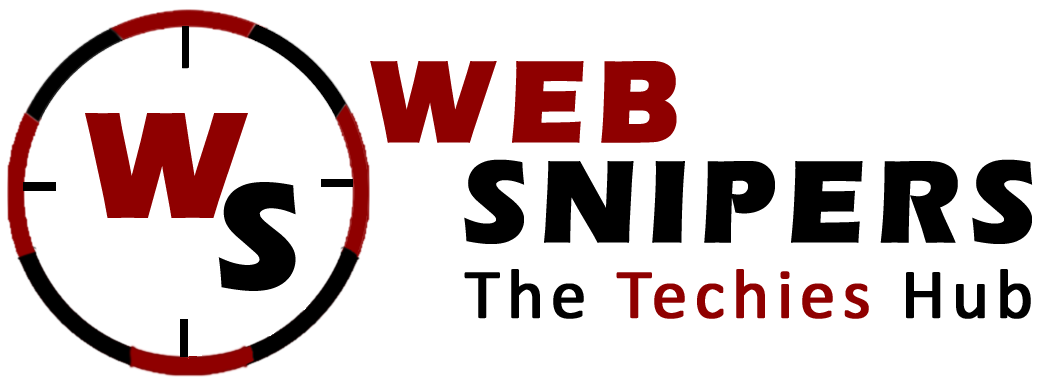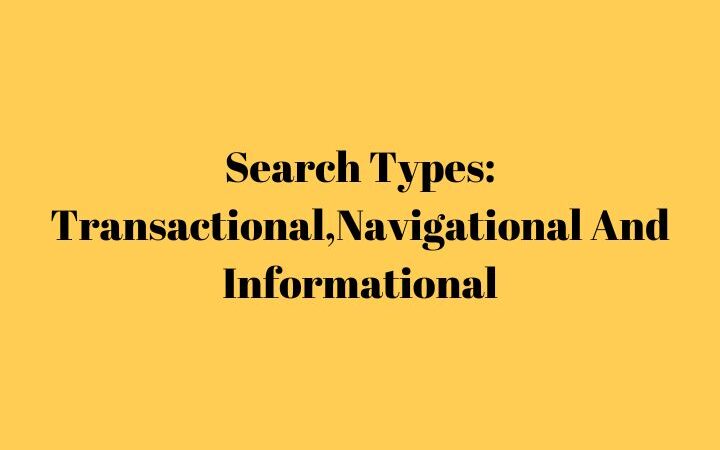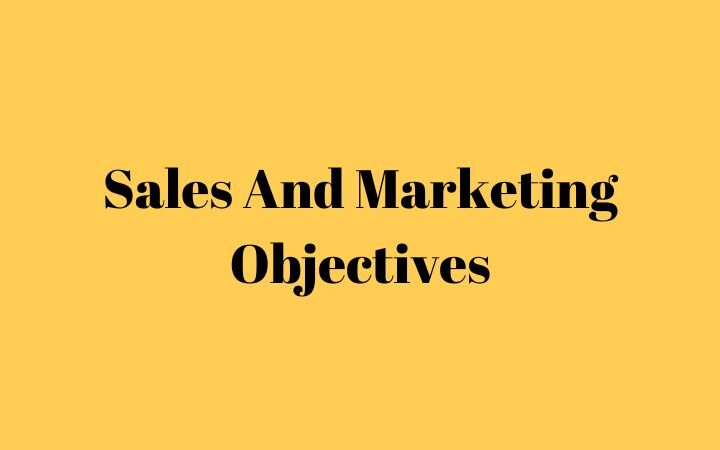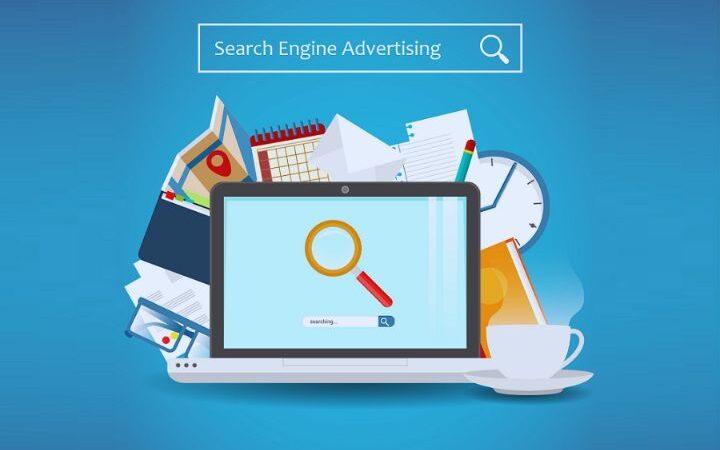Everything You Need To Know About CRM And Marketing Automation
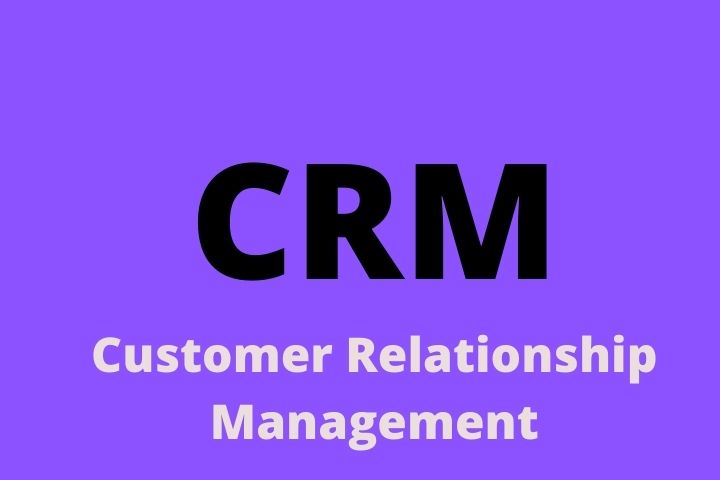
Any professional related to the world of Marketing has heard of the concept of CRM (Customer Relationship Management ). A system that allows us to manage all relationships with our clients and to know their needs in depth. The goal of any CRM is simple: to achieve and maintain a base of satisfied users who have a great and memorable experience with the company.
In an increasingly competitive environment, where there are so many alternatives, knowledge about the consumer becomes essential for any company. We all know how difficult it is to get and keep a customer who trusts our products or services. A poorly defined strategy can throw overboard the efforts of many people to achieve those previously set goals.
All this is fine. But practically, what can I do in a CRM?
Broadly speaking, we could say the following:
- Monitoring of all the activities that we carry out with any user: calls, meetings, mails, contacts, etc.
- Relationship of opportunities with our buyers and monitoring of the status within the sales funnel.
- Segmentation of the database based on the different characteristics of the users.
- Definition of the sales strategy based on the reports and data we have from the clients.
- Automation of processes, sales channels and services for the benefit of the consumer.
- a long etc
Table of Contents
Phases Prior To The Launch Of a CRM System
A CRM system without proper management can become a database where customer information is stored. This set of data needs to be distributed, organized, and connected so that teams can access the information they need. Therefore, the implementation of a CRM solution must take into account several fundamental aspects at the time of definition and prior to launch:
- Involve the different areas of the company . Define what the objectives and functions of each department will be for the correct development of the project.
- Analyze the company’s sales strategy , customer journey, processes to improve and problems that CRM can solve.
- Define the functions that our CRM wants to fulfill and examine the different alternatives offered by the market.
- Focus on the customer. The sale is essential, but we will not obtain long-term sustainability without the satisfaction of the buyer.
- Be aware of the continuous evolution of the project. The interesting data that is extracted from the CRM is in the medium/long term. It is a living system that evolves with the company.
One Step Further. Sales Automation
We define Sales Automation as a sales methodology supported by Marketing Automation and CRM technology that allows the automation of simple sales processes within the company, offering a 24/7 sales force that offers immediacy and metrics and frees the team from repetitive and simple tasks. commercial.
This methodology allows us to get the most out of the combination of two very powerful tools.
Now, how do we design a Sales Automation strategy ?
- Analyze your business processes . Marketing, clients, phases of each stage in opportunities and leads, etc.
- Think about how to automate them . Define the customer journey for each customer and phase in the sales funnel.
- Adapt them to your platform . Integrate your DB, CRM and Web with the platform, design each impact, test and measure, analyze and take advantage of behavioral data.
Tools To Develop Sales Automation
Within the scope of CRM we could talk, among many others, of such powerful tools as:
- Salesforce
- CRM Dynamics
As Marketing Automation platforms we show you Active Campaign , the leading sales marketing automation platform.
Conclusions
Both the CRM and Marketing Automation tools allow us endless functionalities separately. If we unite and integrate them, the possibilities multiply exponentially and give rise to a methodology that allows us to save time, redesign processes and focus the efforts of the sales force on the critical phases of the process. We call this methodology Sales Automation.
Also Read : 3D Pen
